#sardinians
Text

Ennius versus Hostus by Giuseppe Rava
#ennius#hostus#art#giuseppe rava#ancient rome#roman republic#roman#romans#sardinia#rebellion#sardinian#sardinians#punic wars#centurion#poet#punica#silius#second punic war#antiquity#history#europe#european#war#titus manlius torquatus#battlefield#quintus ennius#poetry#carthage#carthaginian#spear
79 notes
·
View notes
Photo
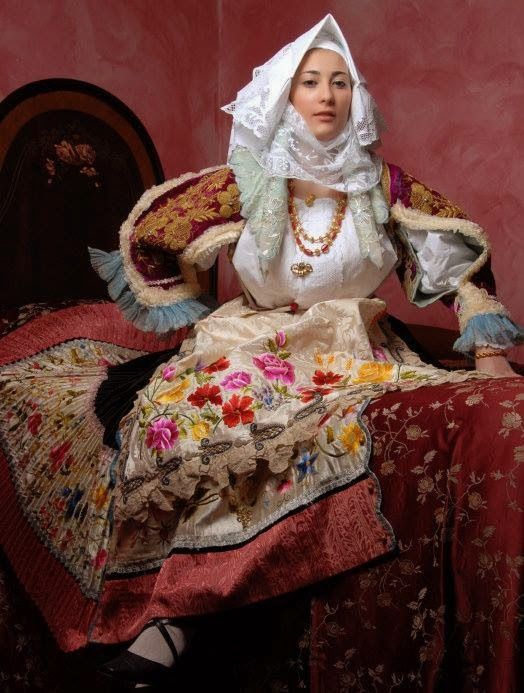
Woman in Sardinian Folk Costume
8 notes
·
View notes
Text

Brucando sulla collina in un giorno di Aprile
#sheep whisperer#appennino#maria cecilia camozzi#sheep#landscape#pecore#sardinians#paesaggio#terre matildiche#green#field
2 notes
·
View notes
Text
STANCED

#Sardinian Long-eared bat#bats of Europe#Bat of the day#daily bat#bat#bats#batposting#cute bats#cute animals#look at them!#Stanced up#I love them
512 notes
·
View notes
Text

Sardinian women, Italy, by Giangiorgio Crisponi
#sardinian#italy#europe#western europe#folk clothing#traditional clothing#traditional fashion#cultural clothing
216 notes
·
View notes
Text
The word for 'I' has many different forms in the Romance languages, such as French je, Italian io, Portuguese eu and Spanish yo. Yet all these forms stem from one Latin word: egō. Here's how egō step by step changed into a selection of its Romance descendants.
People who subscribe to my Patreon get access to extra information further explaining what you see on the infographics and videos. To give you an impression, here's the text that goes with this video.
How did these forms originate?
Latin, Late Latin and Sardinian
Around the second century AD, the [g] sound of Latin egō (as in English go) started to weaken. It became a fricative sound similar to the one in Modern Spanish agua 'water'.
In this form, with only minor vowel changes, it survived until this very day in certain Nuorese dialects of Sardinian: ego. These geographically isolated dialects are known for being the most conservative descendants of Latin. Their most notable trait is the conservation of the Latin [k] and [g] sounds before i and e: Latin centum '100' with [k] became kentu, whereas in Italian it became cento with the [tʃ] sound of English check, and in French, Portuguese and many variaties of Spanish it respectively became cent, cento/cem and ciento/cien with [s].
In a Late Latin text from the 6th century, we encounter egō as eo. By this time, the consonant had been dropped. It's this form that's considered Proto-Romance, i.e. the form that gave birth to all descendants except the form in the Nuorese dialects I discussed above. Eo even remained practically intact in a number of other Nuorese dialects.
Portuguese and Romanian
In Portuguese and Romanian, the -o of eo became w-like: eu. However, the Romanian spelling hides the diphthongisation of [ɛ] to [jɛ], later [je]. Cfr. ferrum > fier, and pellem > piele.
Italian and Neapolitan
In Italian, [ɛ] became [e] and then [i], a sound close to it: io. This sound change didn't only happen in this word: compare mio 'my' (from Old Italian meo) and Dio 'God' (from Deo) with Portuguese meu and Deus. In Neapolitan, the -o weakened and became the schwa sound of English words like roses.
Spanish and French
The form io must have also existed in the distant ancestors of Spanish and French, but there, [i] didn't stop changing: it turned into a [j], its consonantal counterpart. In both languages, this [j] eventually underwent fortition: it became a stronger consonant similar to the one in English joke, which eventually weakened again in Modern French je.
In South American Spanish, interesting things are happening. The sound change that yo pronounced as [ʒo] has undergone in the Rioplatense dialects in Uruguay and the southern part of Argentina is called zheísmo, and what's happening in Buenos Aires and spreading through Argentina is called sheísmo: [ʃo].
#historical linguistics#linguistics#language#etymology#latin#french#spanish#old french#old spanish#romanian#sardinian#portuguese#italian#proto-romance#video#audio#lingblr#late latin
708 notes
·
View notes
Text
i really get the blue lions being like "yes faerghus is a shitty and barren land with an awful pride culture but it is OUR shitty and barren land with an awful pride culture so dont u dare speak ill of it" bc i, too, come from a shitty and barren land with an awful pride culture but if anyone dares talk shit about my homeland i start biting
129 notes
·
View notes
Text
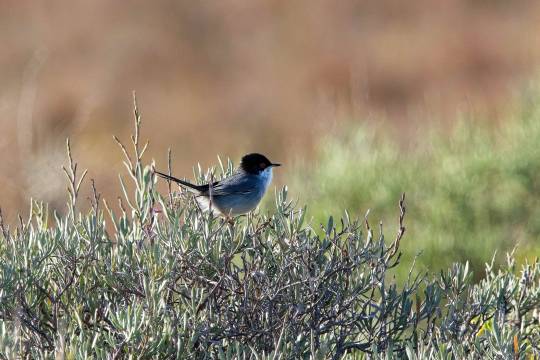
One of the most annoying birds on my trip to South Portugal - the Sardinian Warbler. Why annoying? Because every time I spotted one the moment I focused on the bird with my camera it was gone. They always flitted around so fast that I've got a lot of shots without a bird or with only a blurry idea of a bird flying out of the picture.
48 notes
·
View notes
Text
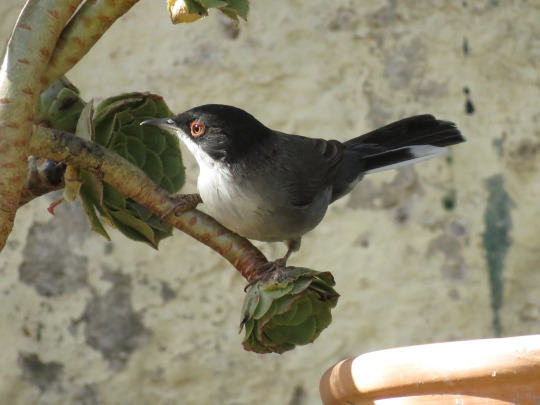
Mr Sardinian Warbler at the bird bath.
#robin fifield photography#photographers on tumblr#awehaven#andalucia#andalucia nature#flora and fauna#sardinian warbler#bird#ornithology#bird photography#birdwatching
130 notes
·
View notes
Photo
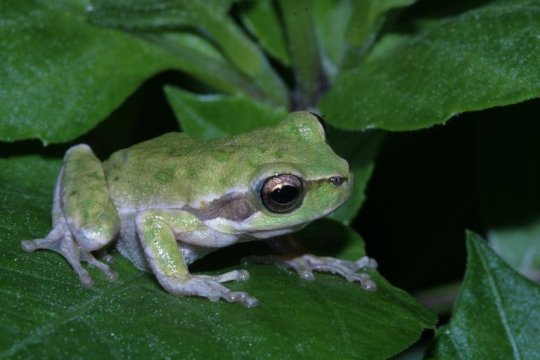
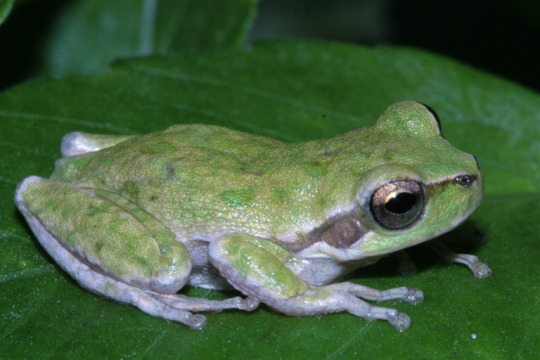

This cute individual is a Sardinian tree frog [also known as the Tyrrhenian tree frog, Hyla sarda], a species native to Corsica, Sardinia, and the Tuscan Archipelago in the Mediterranean. Wooded areas are their natural habitat, but they’re often found in and around wells and in the cracks of houses and garden walls. Images by Franco Andreone.
559 notes
·
View notes
Text

i'm right
#fargo#josto fadda#fargo s4#faro fx#angel hates this headcanon of mine and every time i mention it he wants me to die because he hates josto#i wanna put josto in a purse like a teacup yorkie#also i found out that sardinians are like the shortest people in europe#based italian shortking privilege
42 notes
·
View notes
Photo

A shako for Naval Artillery Crews of the Royal Sardinian Navy from the Reign of Carlo Felice, King of Sardinia and Duke of Savoy, 1821 - 1831
89 notes
·
View notes
Text

Approfittiamo dell'aria tiepida per pascolare, ma Norah sembra avere altri interessi...
3 notes
·
View notes
Text
Double Fluff

#Sardinian Long-eared Bat#Bats of Europe#Bat of the day#daily bat#bat#bats#batposting#cute bats#cute animals#you love to see them
378 notes
·
View notes
Text

Sardinian woman, Italy, by Carlo Marras
#sardinian#italy#europe#western europe#traditional clothing#traditional fashion#cultural clothing#folk clothing
325 notes
·
View notes
